A bad Bluetooth device will ruin even the most engaging gab session. That’s why it’s important to select the right headset, and this guide is here to help. If you need a great hands-free headset right now, definitely check out the Plantronics Voyager Legend. Not only is it lighter and smaller than most devices equipped with a big boom mic, the Legend delivers superb audio quality and has a design comfortable enough to wear with glasses.
An even more comfortable headset, though one that’s noticeably larger, is the new Jabra Motion. Once attached, the Motion boasts an extremely secure fit along with excellent audio and call quality plus a wide selection of advanced abilities. Another great option is the Jawbone Era which has ultra-advanced features such as a built-in accelerometer, powerful noise-canceling, and HD audio. On the other end of the size spectrum is the tiny Plantronics M55. Despite its small stature, the M55 offers voice prompts and vocal commands, plus a deep sleep function to conserve battery life. For more headset choices be sure to check out CNET’s list of our favorite Bluetooth headsets.
Three vital headset shopping tips
1. Decide how you’ll use it.
Bluetooth headsets come in a wide range of shapes, sizes, and prices depending on where, when, and how they’re designed to be used. The first step is to decide under what conditions you’ll chat through your device. Placing calls from noisy work sites, bustling city streets and restaurants, while driving, or from within the hush of office cubicles, will all have a big impact on performance and ultimately which headset you choose.
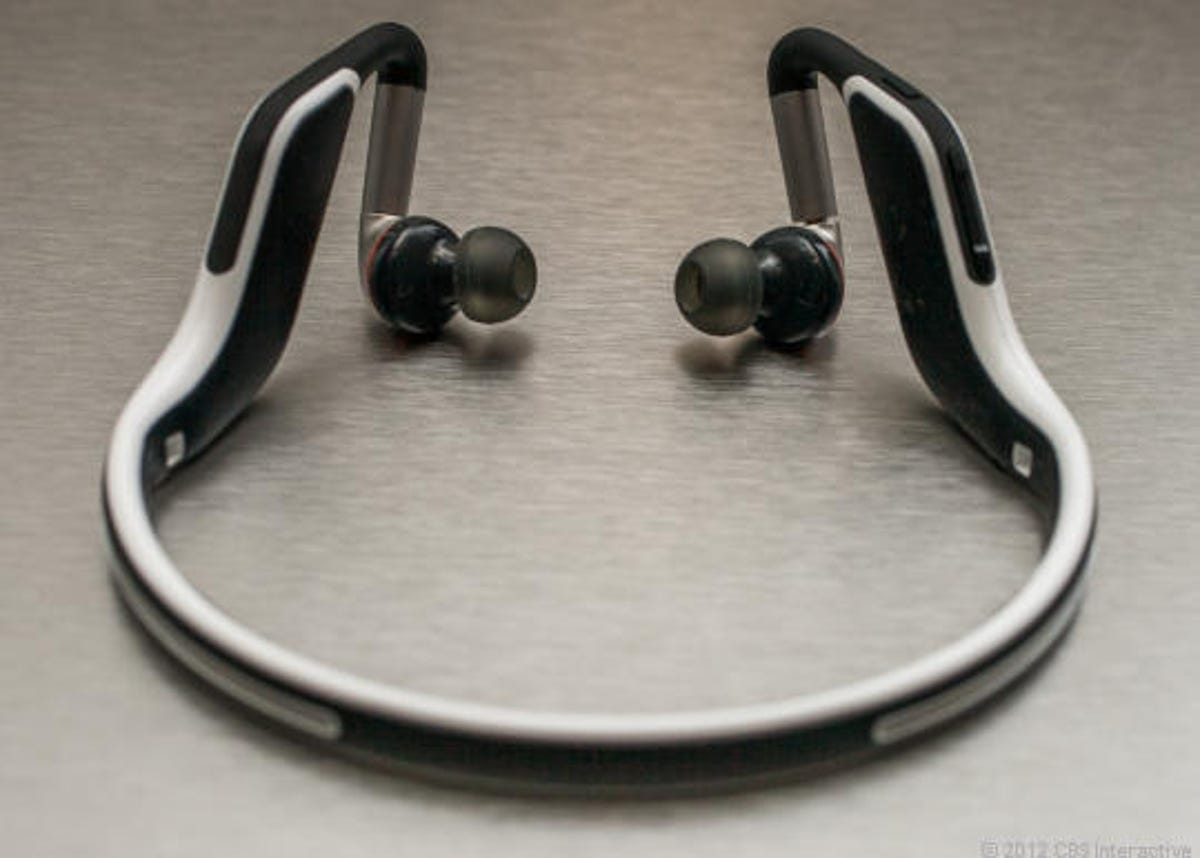

The sporty Motorola S11-Flex HD is meant for exercise.
Sarah Tew/CNET
2. Lock down the features you need.
Despite being highly portable devices, Bluetooth headsets are complex products with plenty of features. They’re capable of noise cancellation, voice commands for hands-free use, PC integration, or even stereo audio. Whatever your specific requirements are, draft a wish list of abilities and make sure the device you choose meets your needs.


The Purity Pro headphones feature stereo audio, active noise-canceling, and NFC.
Sarah Tew/CNET
3. Find the right design for you.
Headset owners are all different, and so are their ears — and aesthetic tastes. Some headsets are comparatively big and bulky but place audio quality above all else. Other devices are built to be extremely comfortable and worn all day in an office environment. While a third sect of headset strives to be as unobtrusive as possible, boasting ultratiny designs that are hard to spot in public. Some devices are better than others at accommodating eyeglass wearers, a huge factor for four-eyed shoppers.
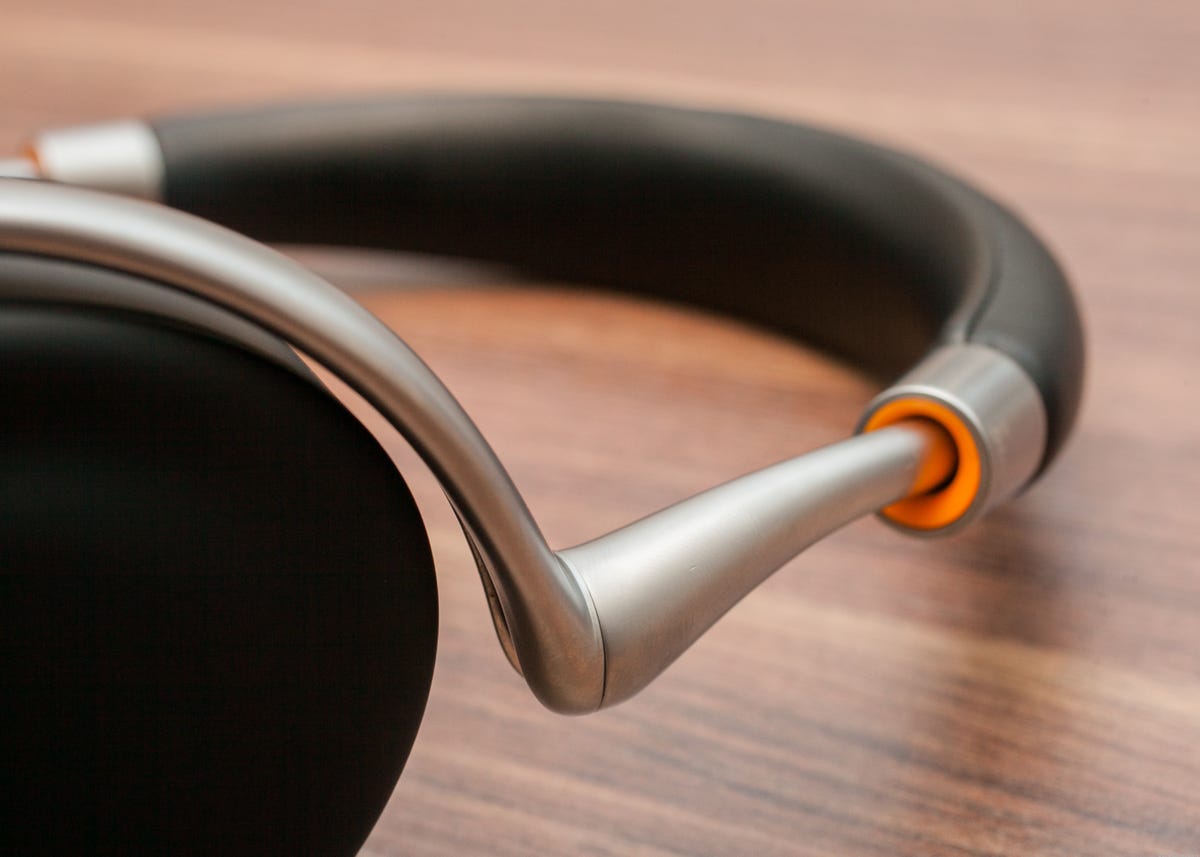

Bluetooth designs can be quite striking, like the handsome Parrot Zik.
Sarah Tew/CNET
Headset types
Professional
The first Bluetooth headsets were luxury devices targeted at corporate travelers who needed to conduct business calls either on the road or while telecommuting from home. Professional devices such as this reflect their consumers’ desire for pristine audio quality, long battery life, and comfortable fit to make it through a full work day without pain. Some pro headsets even link to both PCs and mobile phones to serve as the ultimate remote communication tool.
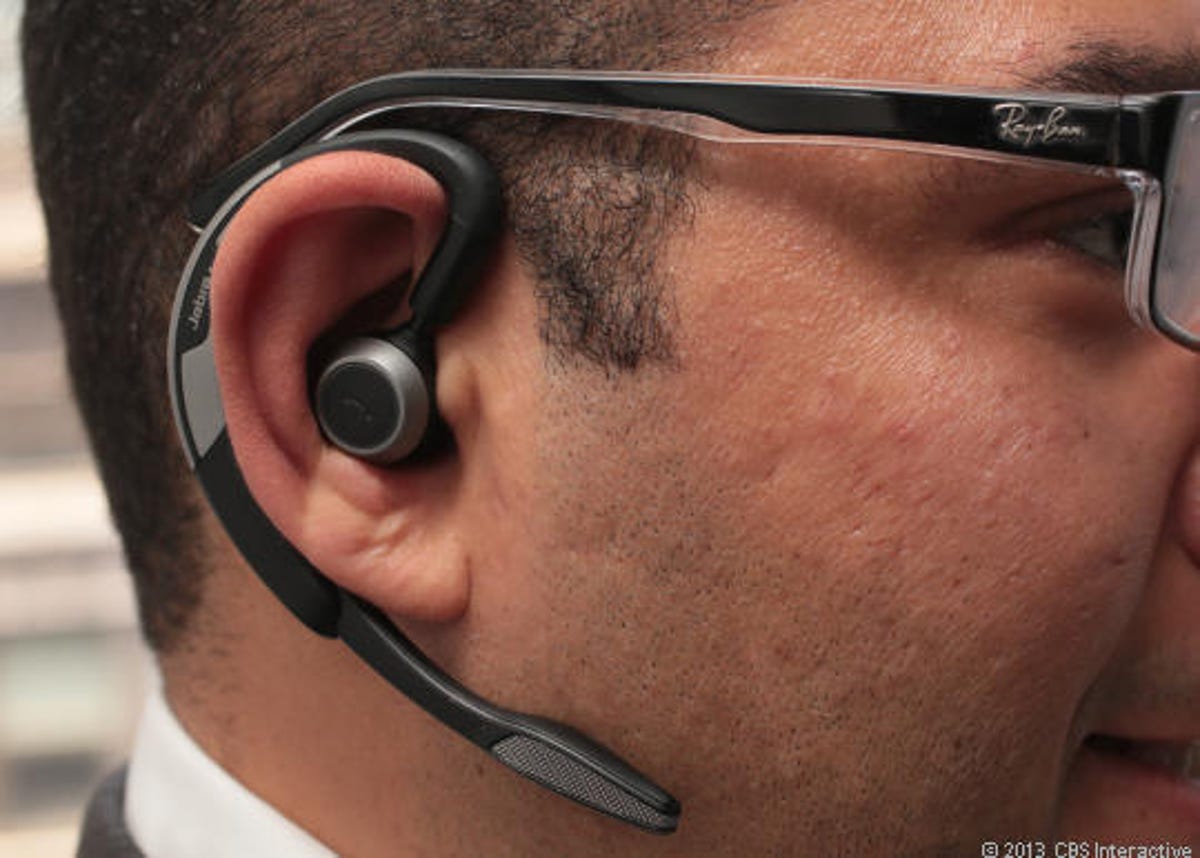

The Jabra Motion is big but extremely comfortable and packed with professional features.
Sarah Tew/CNET
Compact
Unlike professional models that tend to be large, compact Bluetooth headsets are designed to be small enough to go practically unnoticed. They’re crafted for discreet calls when out and about. As a result, audio quality, battery life, and other features typically take a backseat to stealth.
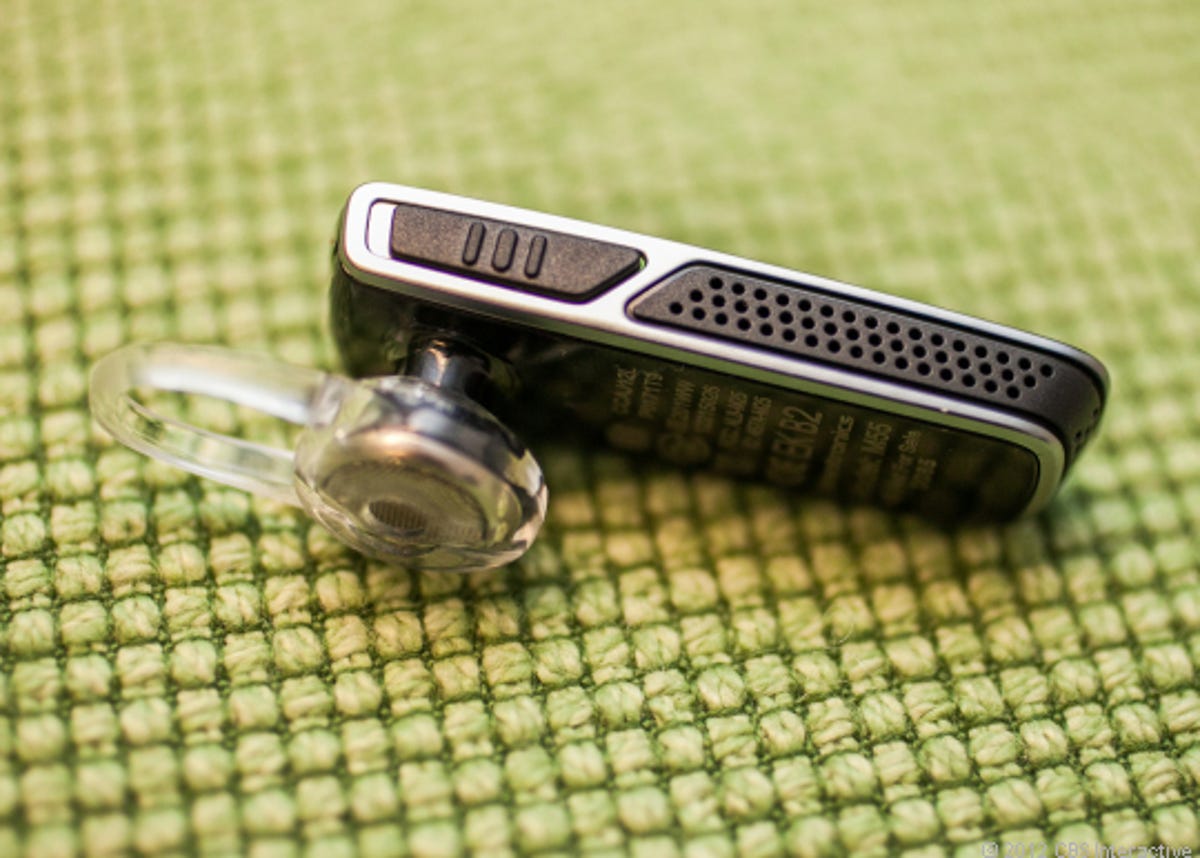

The Plantronics M55 is very compact.
Sarah Tew/CNET
Stereo
Paralleling the recent rise of smartphones and their impressive multimedia skills, stereo Bluetooth headphones that also feature microphones have gained popularity. A quality wireless stereo device lets you enjoy music or audio from video without the hassle of wires. In the event of an incoming call, however, you’ll be able to answer without skipping a beat. Keep in mind that stereo Bluetooth products tend to place audio performance above call quality.
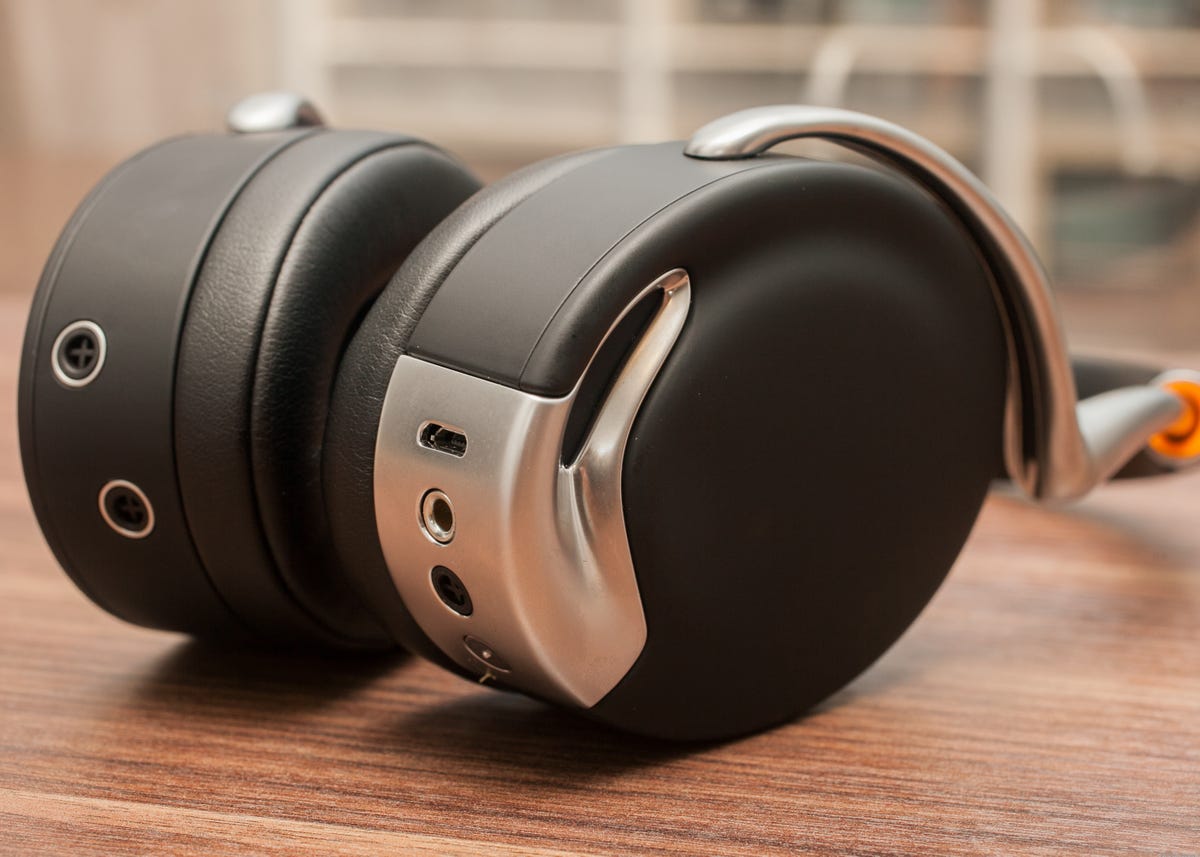

Possibly the ultimate in stereo Bluetooth headphones, the Parrot Zik sounds great and is beautiful and feature-packed.
Sarah Tew/CNET
Key features to consider
Dual microphones
Many of today’s premium headsets feature dual microphones to engage in active noise cancellation that’s made to cut out ambient din such as street noise, highway drone, and wind. It’s an ability anyone from the most seasoned road warrior to casual chatterboxes taking that odd call in the car can appreciate. The Plantronics Voyager Legend goes one step further, squeezing in a triple mic arrangement.
HD audio
A number of Bluetooth headsets support what manufacturers refer to as HD audio or HD-quality sound. Essentially this means that an HD device can receive, transmit, and reproduce audio at the 16KHz frequency. That’s twice the signal bandwidth of the typical 8KHz headset, resulting in clearer, cleaner sound under ideal conditions.
Multipoint pairing
From tablets to phones and PCs, a huge array of mobile device types now integrate Bluetooth technology. As you can imagine, linking your headset to multiple gadgets simultaneously is not an uncommon situation. That’s where Multipoint comes in, a feature that allows headsets to connect to two phones at once and make calls on either device.
Voice prompts and commands
While modern smartphone operating systems have voice commands and search functions baked right in, sometimes relying on a headset’s internal voice features is more convenient. Voice prompts and voice commands, once the purview of premium Bluetooth products have trickled down to all but the most basic models. With a device boasting these abilities, you can answer or reject calls, initiate pairing, or get battery status, simply by speaking.


Premium headsets offer plenty of eartips and earbuds to tweak their fit.
Sarah Tew/CNET
Customizable fit
Ears range greatly in size from person to person. That’s why a well-designed Bluetooth headset will provide a wide assortment of eartips or swappable earbuds to accommodate many different ear sizes and shapes. Additionally, some headsets are meant to rest outside the ear canal, others built to slide inside, while superior models offer a choice of both fit styles.
Near-field communication
Near-field communication technology (NFC) has seeped into many smartphone handsets on the market. NFC is not merely for mobile payments, it can also facilitate pairing of compatible Bluetooth accessories. Just place your handset briefly on, say, an NFC-equipped speaker system, headphone, or headset, and connection happens without having to muck around with Settings menus.


The Purity line of Bluetooth speakers and headphones from Nokia and Monster use NFC.
Sarah Tew/CNET
Bluetooth profiles explained
There are multiple versions of Bluetooth, and not all Bluetooth specifications are the same, so you might want to make sure your two chosen devices will work with each other. All of the newer Bluetooth versions are backward-compatible, however, so as long as you’re using the more basic Bluetooth features, you won’t have much to worry about. Check out the various profiles and their features in the chart below.
table.geekbox th{background-color:#E6ECEF;text-align:left;font-weight:bold;} table{width:625px;} table.geekbox tr.even{background-color:#CCCCCC;} .ratingGood{color:#093;} .ratingAverage{color:#666;} .ratingBad{color:#C00;}
| Specifications | Bluetooth 1.1 | Bluetooth 1.2 | Bluetooth 2.0 | Bluetooth 2.1 plus EDR (enhanced data rate) | Bluetooth 3.0 | Bluetooth 4.0 |
|---|---|---|---|---|---|---|
| Voice dialing | Yes | Yes | Yes | Yes | Yes | Yes |
| Call mute | Yes | Yes | Yes | Yes | Yes | Yes |
| Last-number redial | Yes | Yes | Yes | Yes | Yes | Yes |
| Improved resistance to radio frequency interference | No | Yes | Yes | Yes | Yes | Yes |
| 10-meter range | Yes | Yes | Yes | Yes | Yes | Yes |
| 100-meter range | No | No | Yes | Yes | Yes | Yes |
| Fast transmission speeds | No | No | Yes | Yes | Yes | Yes |
| Lower power consumption | No | No | Yes | Yes | Yes | Yes |
| Improved pairing (without a PIN) | No | No | No | Yes | Yes | Yes |
| Greater security | No | Yes | Yes | Yes | Yes | Yes |
| Bluetooth Low Energy | No | No | No | No | No | Yes |
| NFC support | No | No | Yes | Yes | Yes | Yes |


Now playing:
Watch this:
Jabra’s Motion is large and in charge
2:02
A deeper dive on features
Want to know more about some of the features mentioned above? Read on for a deeper analysis.
Advanced Audio Distribution Profile (A2DP)
Also widely known as the stereo Bluetooth headset profile, A2DP allows for a dual-channel audio stream through a stereo headset. A2DP is an especially popular concept with MP3 and music phones because it lets users listen to music wirelessly. It also can be used to make calls, and users can switch between music and calls at the touch of a button.
Audio/Video Remote Control Profile (AVRCP)
AVRCP provides a standard interface to control TVs, hi-fi equipment, and so forth. This profile is used to allow a single remote control (or other device) to control all the AV equipment to which a user has access. AVRCP defines how to control characteristics of streaming media. This includes pausing, stopping, and starting playback and volume control as well as other types of remote control operations.
Dial-up Networking Profile (DUN)
DUN enables access to the Internet and other dial-up services over Bluetooth wireless technology. The most common scenario is surfing the Web from a laptop by dialing up via a mobile phone, wirelessly.
Hands-Free Profile (HFP)
HFP lets you use a gateway device to place and receive calls for a hands-free device. A typical configuration is in an automobile using a mobile phone as a gateway device. In the car, the stereo is used for the phone’s audio and a microphone is installed in the car for sending outgoing audio of the conversation. HFP is also used for a personal computer to act as a speakerphone for a mobile phone in a home or office environment.
Synchronization Profile (SYNC)
The SYNC profile is used in conjunction with GOEP (Generic Object Exchange Profile) to enable synchronization of calendar and address information (personal information manager items) between Bluetooth-enabled devices. A common application of this profile is the exchange of data between a PDA and computer.
Object Exchange (OBEX) Protocol
OBEX is a transfer protocol that defines data objects and a communication protocol that two devices can use to exchange those objects. For Bluetooth-enabled devices, only connection-oriented OBEX is supported.
SIM Access Profile (SAP)
SAP allows devices such as car phones with built-in GSM transceivers to connect to a SIM card in a Bluetooth-enabled phone. Therefore, the car phone itself does not require a separate SIM card.



